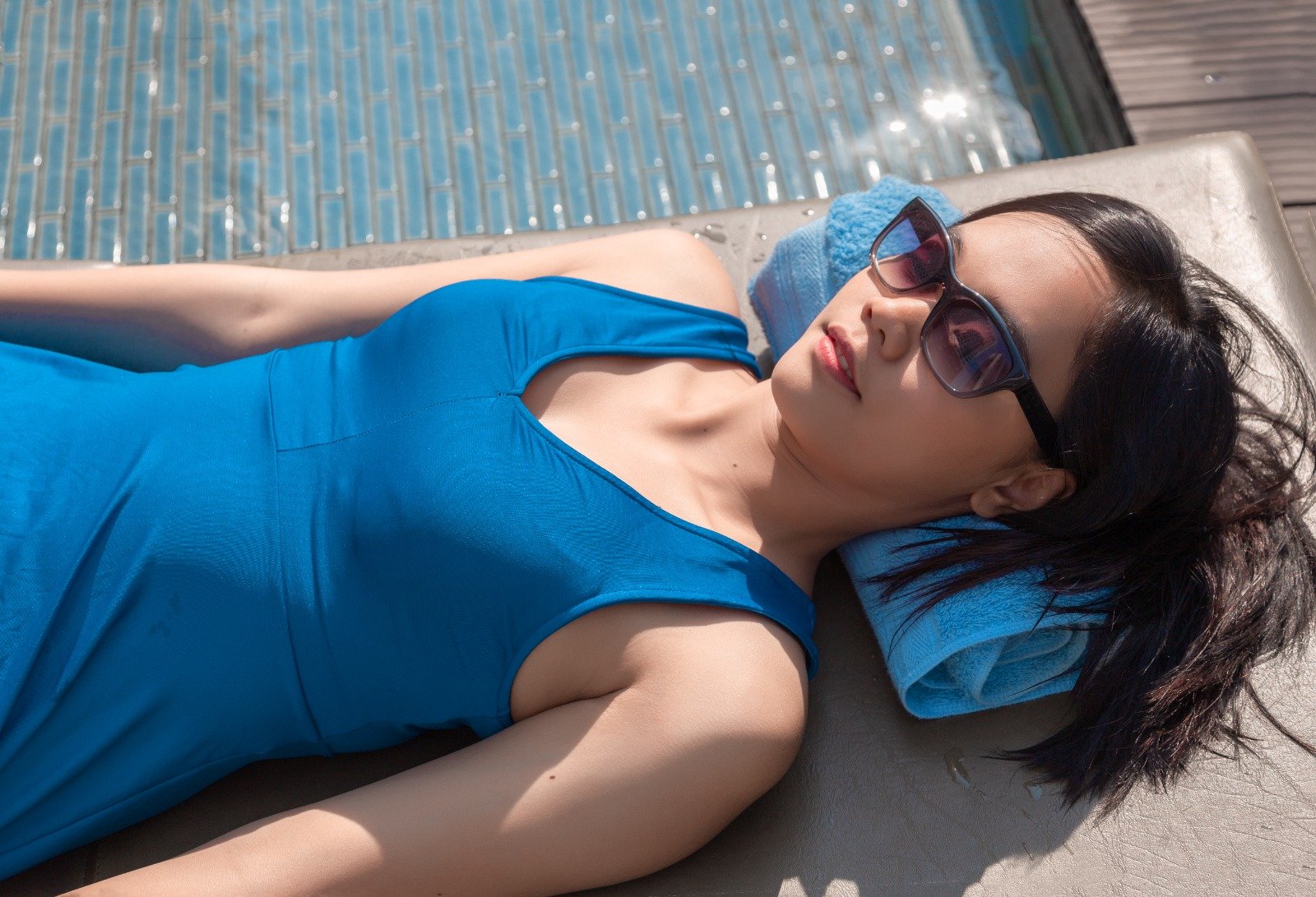We’re used to hearing about sunscreen, SPF, and skincare, especially in the summer for UV Protection for Eyes. But very few of us stop to think about how the sun affects our eyes. The truth is, UV protection for eyes is just as important as protecting your skin.
At Eyecure Hospital, we often see patients who don’t realise how much sun exposure contributes to long-term eye problems. Some of them wear sunglasses occasionally, but many aren’t aware that not all sunglasses offer proper UV protection.
Let’s break it down simply.
What Are UV Rays and Why Should You Care?
The sun gives off ultraviolet (UV) rays. These rays are invisible to the eye but can cause real damage if we’re exposed to them for long periods.
There are two main types of UV rays that affect the eyes:
- UVA rays can pass through the outer layers of your eye and reach the retina.
- UVB rays mostly affect the front surface, the cornea and lens.
While we can’t see UV rays, they can slowly damage the eyes over time. The effects aren’t always immediate, but they add up. This is why UV protection for eyes isn’t something you should think about only during summer vacations. It’s something that matters every day.
What Can Happen Without UV Protection for Eyes ?
Here are a few common conditions that can result from too much UV exposure:
1. Photokeratitis
Also called “sunburn of the eye”, this condition can happen after a day at the beach or in snow-covered areas. It causes pain, redness, tearing, and blurry vision. It usually goes away in a day or two, but it’s not something you want to experience.
2. Cataracts
These occur when the lens of the eye becomes cloudy. Long-term UV exposure increases the risk. Cataracts are one of the leading causes of vision loss in older adults — and they don’t happen overnight.
3. Macular Degeneration
This condition affects central vision, making it harder to read or recognize faces. UV rays may speed up this process, especially in older adults.
4. Pterygium
This is a growth on the white part of the eye. If left untreated, it can grow toward the cornea and interfere with vision. It’s often seen in people who work outdoors.
These are just a few examples. What’s important to remember is that regular sun exposure — even while driving, walking, or sitting by a window — can have long-term effects on your eye health.
So, Are All Sunglasses Protective?
No. That’s where most people go wrong.
Just because sunglasses look dark doesn’t mean they block UV rays. Some low-cost glasses can actually do more harm — they make your pupils open wider while letting UV rays in.
Here’s what to look for if you want sunglasses for UV eye protection:
- Check for a tag or label stating “100% UV protection” or “blocks UVA and UVB.”
- Look for UV400-rated lenses. These block rays with wavelengths up to 400 nanometers, including UVA and UVB.
- Choose wraparound styles or larger frames to block sunlight from the sides.
- Avoid sunglasses with no label or unclear information. If you’re unsure, ask your eye care provider.
If you wear prescription glasses, ask about adding UV-blocking lenses or getting a pair of prescription sunglasses. This way, you’re not forced to choose between seeing clearly and protecting your eyes.
Who Needs UV Protection the Most?
Everyone. But some people are more at risk than others:
- Children: Their eyes are still developing, and their lenses let in more light. If your child spends time outdoors, make sure they wear a hat and sunglasses.
- Older Adults: The risk of cataracts and macular degeneration increases with age. If you’re over 50, make UV protection a regular part of your routine.
- Outdoor Workers: People who work in construction, farming, or delivery services are under the sun for long hours.
- Frequent Drivers: Car windows don’t block all UV rays. Even if you’re inside your vehicle, your eyes can still be exposed.
If you fall into any of these categories, investing in good sunglasses is not just a good idea — it’s necessary.
Everyday Habits That Make a Difference
It’s not difficult to protect your eyes once you’re aware. Here are a few simple changes that can help:
- Wear sunglasses all year round — not just in summer. UV rays are present even on cloudy days.
- Add a wide-brimmed hat when you’re out for long hours. This adds extra shade and reduces overall exposure.
- Sit in shaded areas when possible, especially between 10 am and 3 pm when UV rays are strongest.
- Don’t look directly at the sun — not even during an eclipse.
- Get your eyes checked once a year — early detection can prevent serious damage later.
It’s easier to prevent eye problems than to fix them after they’ve developed. That’s why these small steps go a long way.
What We See at Eyecure
As an eye hospital based in Secunderabad, we meet people every week who wish they had taken eye protection more seriously earlier in life. Often, it’s only after discomfort begins or vision becomes blurry that they realise how much the sun has affected their eyes.
Our message is simple: UV protection for Eyes is not just for beach days or summer outings. It’s something you should think about every single day.
Sunglasses might look stylish, but their real job is to protect your vision. Eye conditions caused by UV rays can be painful, expensive to treat, and in some cases, permanent. Choosing the right pair of sunglasses — and wearing them often — is one of the easiest things you can do to keep your eyes healthy.
If you’re unsure whether your current eyewear is protecting you properly, visit us at Eyecure Hospital. Our team can help you choose the right lenses and answer any questions you might have about UV safety.
Because good vision isn’t just about seeing clearly today — it’s about protecting your eyes for years to come.


